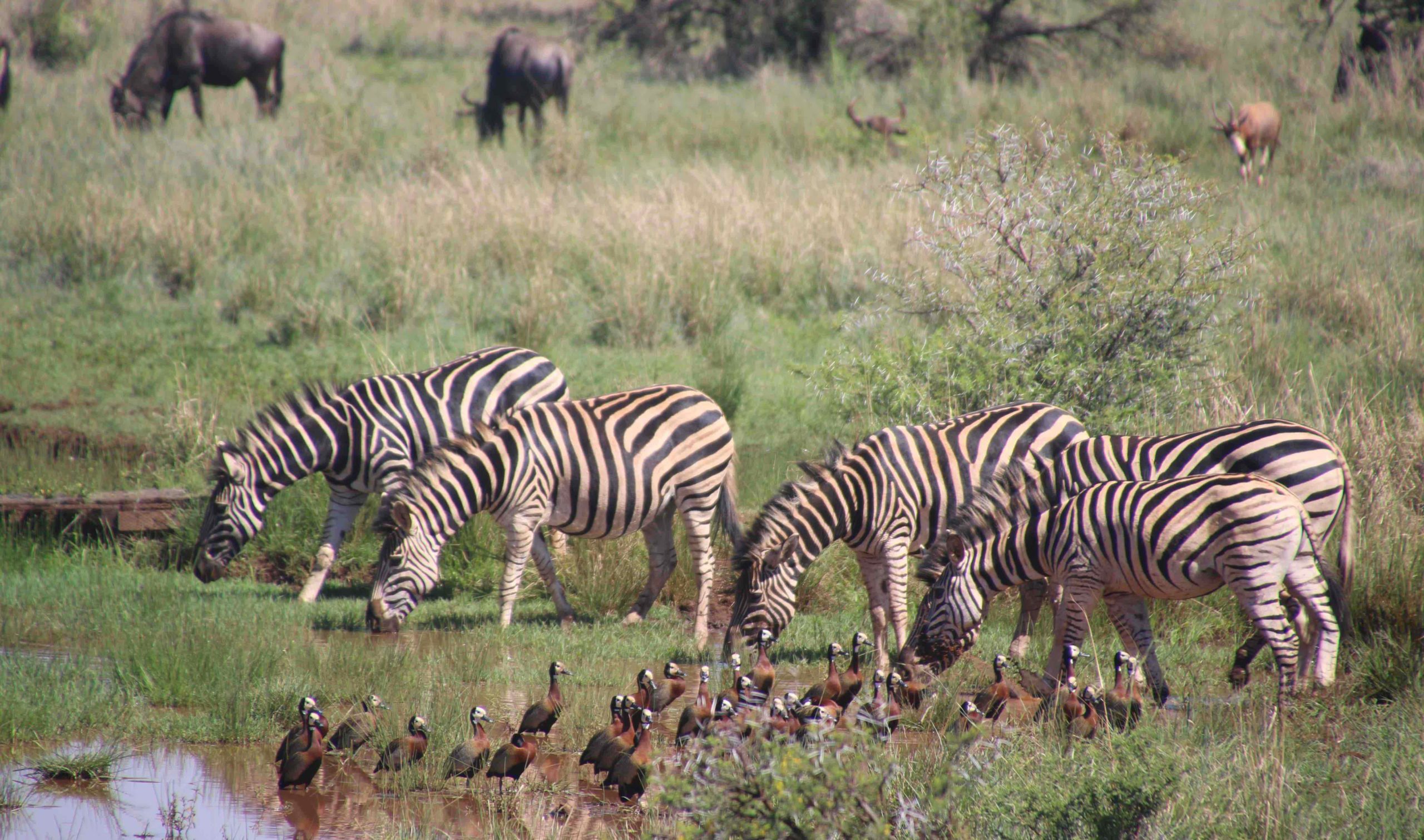The search for wildlife encounters has motivated travellers for decades. In turn, travellers and the travel industry have the power to either contribute to wildlife’s conservation or its detriment. As part of The Travel Corporation’s (TTC) 5-year sustainability strategy How We Tread Right, Goal 11 is to ensure all of the 60+ wildlife experiences across TTC brand itineraries adhere to our Animal Welfare Policy. This policy is based on The Five Domains, the most up-to-date, scientific framework for animal welfare, which is a globally recognized set of criteria. Using this framework, which includes nutrition, environment, health, behaviour, and mental wellbeing, our policy guides our selection of wildlife experiences across itineraries to ensure that travellers experience wildlife ethically.
Our 10 do’s and don’ts of wildlife encounters, listed below, will prepare you to only engage in ethical experiences free from animal cruelty, and which prioritize the best interest and wellbeing of animals.
1. DON’T: Touch, feed, chase, ride, or harass wild animals
These interactions directly disrupt the natural environments and behaviours of wild animals. In contrast, domestic animals, with the right care are able to live with humans in captivity without suffering. During your travels, you may have opportunities to ride domesticated animals such as horses, camels, or donkeys. In these cases, support facilities that provide adequate water and rest periods, where the animals appear in healthy condition and are kept under acceptable conditions.
It is considered animal cruelty to ride or sit on wild animals under any circumstance, including elephants, ostriches, big cats and dolphins, and TTC has banned all such experiences on our trips.
2. DO: Maintain a respectful distance from wild animals, and create minimal noise
When viewing wildlife in its natural habitat or on safari, refraining from being disruptive ensures that the integrity of the wildlife’s natural environment is maintained. By preserving the predictability of natural habitats, we protect the natural behaviours of wildlife and their mental wellbeing.
3. DON’T: Take a wildlife selfie if the animal is being held, hugged, or restrained
This constitutes as an activity involving animals performing for entertainment or other human interests, or animals that are being held captive for the purpose of making a profit through tourism.
4. DO: Learn how to spot red flags by educating yourself on criteria sanctuaries, zoos, and private reserves should be meeting
Venues like sanctuaries, rehabilitation centers and zoos can play an important role in wildlife conservation and education, but only when they serve the right purpose – that which is in the best interest of the animals. These include venues which do not use wild animals for entertainment (rides, shows, tricks), do not keep wild animals solely to make a profit, and exist to rescue and help animals.
When TTC and our brand experience teams are selecting experience at such venues, they must answer “yes” at minimum to the following questions, and any venue that does not meet these requirements will not be integrated into our tours:
- Purpose of the facility: Does the facility exist to address a specific problem and is it in the best interest of the animals? (Ie. for rescue, rehabilitation, release programs)
- Source of the animals: Were the animals sick, injured, orphaned, donated or abandoned when they arrived at the facility?
- Animal behaviour: Are the animals able to act and behave naturally?
- Facility credentials: Are the correct permits and licenses in place?
- Breeding: If the facility has a breeding program, will the animals bred in captivity be released into their native habitat in the wild?
5. DON’T: Purchase wildlife souvenirs such as ivory
These commercial items fuel illegal wildlife trade and wildlife crime in many cases. This also includes consuming meat or other products from endangered or threatened animals (ie. shark, tiger, puffin, sea turtle etc.).
6. DO: Research the venues you want to visit to learn about their animal welfare practices
There are ways to ensure the credibility of a venue, and that animals will not be negatively affected in any way prior to, during, or after your visit. Here are some things you can look into:
- Is the sanctuary/rescue center accredited by Global Federation of Animal Sanctuaries (GFAS)
- Is it recommended by other sanctuary experts such as the Pan African Sanctuary Alliance (PASA), the American Sanctuary Association (ASA), or animal welfare experts?
- Is there a licensed veterinarian accessible to all animals 24/7 and evidence to prove so?
7. DON’T: Operate drones near, or above wildlife
While it’s tempting to try and capture the best footage, it is never worth jeopardizing the safety of wildlife. The presence of drones and their associated noises disrupt the natural environment of wildlife.
8. DO: Speak up if you see or think that animals are not being treated well
Ask questions or choose not to participate in the activity. The only way we can address and eliminate animal cruelty in the travel industry is if we all do our part and take a stance together.
9. DON’T: Post pictures while on safari, with geotags enabled
Poachers are now using unsuspecting tourists to hunt their prey by searching for photos of endangered animals or species on social media platforms such as Facebook, Instagram or Twitter. When posting photos, ensure your geotag feature, which reveals your location, is disabled.
10. DO: Take our pledge to make travel matter
Stand with us and commit to our ethos to tread right for our planet, people, and wildlife.
Learn more about our Animal Welfare Policy and the Five Domains model. If you have any questions or concerns regarding specific TTC experiences, please email us at animalwelfare@treadright.org.
